Coral reefs across the globe are facing compounding threats from pollution and climate change. During our field surveys across Asia in 2023 and 2024 – a period now known as the fourth global coral bleaching event – we documented widespread coral bleaching on reefs caused by record high ocean temperatures in the region.
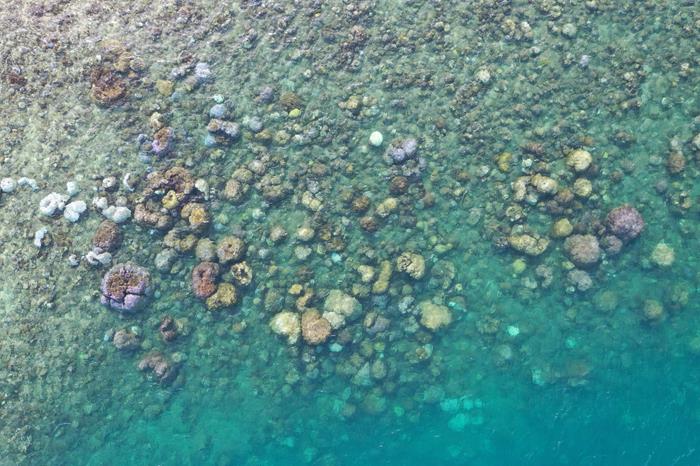
Coral bleaching and fluorescence in Ko Pha Ngan, Thailand, in May 2023 (Source: Kyle Morgan/Earth Observatory of Singapore)
Coral bleaching is a term used when corals lose their vibrant colors and turn white after expelling the algae living in their tissues. This bleaching is a reaction to prolonged heat stress. If temperatures do not return to within a normal range, the survival of coral ecosystems is threatened, as well as the marine biodiversity that depends on them.
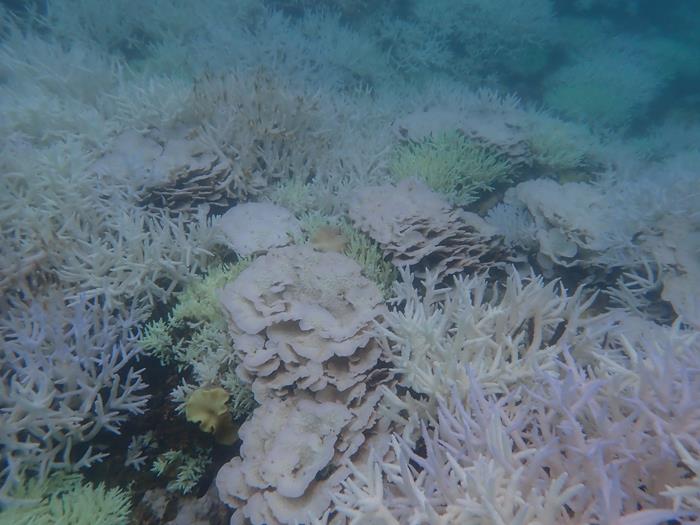
Severely bleached corals observed in Sri Lanka in May 2024 (Source: Kyle Morgan/Earth Observatory of Singapore)
Understanding the drivers and ecological impacts of climate-induced events on coral reefs is challenging, particularly in Southeast Asia, where we lack long-term observational data of ocean temperatures. Coral bleaching events often go undocumented. This means that the majority of scientific data is from the Great Barrier Reef and Caribbean, and we know less about how corals respond to, and recover from, major disturbance in Asia.
This is what I am addressing through a variety of ongoing projects. This year, my research team at the Earth Observatory of Singapore has spent a lot of time underwater, observing coral bleaching in parts of Thailand, Philippines, Indonesia, and Sri Lanka, as well as within home waters of Singapore. Supported by the National Research Foundation, we recorded ocean temperatures of over 32°C, and utilised new technologies, such as aerial drone surveying and underwater photogrammetry, to map the severity and extent of bleached corals. This research will help provide an Asian perspective on coral bleaching and will allow us to track the recovery of reefs over time.
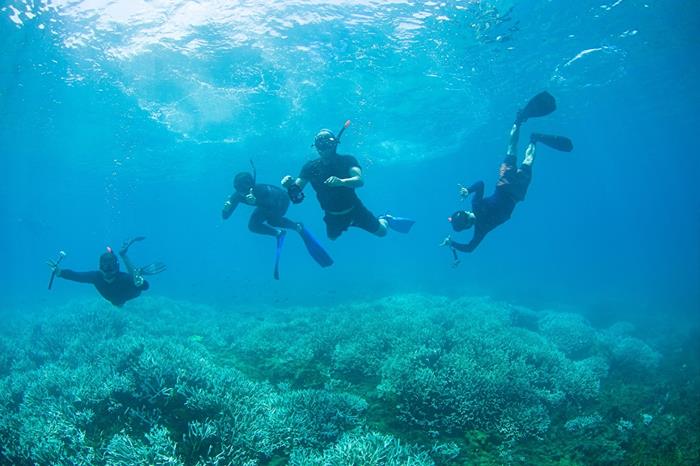
Assistant Professor Kyle Morgan and his team map coral reefs to see how they change with time (Source: Kyle Morgan/Earth Observatory of Singapore)
As part of another project on ecological tipping points supported by Singapore’s Marine Climate Change Science Research Programme, we aim to better understand the mechanisms causing marine heatwaves in Southeast Asia. Global ocean models do not currently perform well for our region, so we aim to make them more relevant to Singapore. The models can be used to simulate both past and future marine heatwaves, and help us identify potential refuges where cooler waters might protect coral populations.
It is indeed not all doom and gloom. Despite increasing global stressors, some coral reefs in Southeast Asia have shown
remarkable resilience to environmental change. These corals can withstand fluctuating temperatures, sedimentation, and
light availability. We have documented corals living in coastal habitats that are able to survive for long periods whilst bleached because of the high nutrients in the seawater. This adaptability offers hope, suggesting that certain reefs, may be better equipped to cope with climate change.
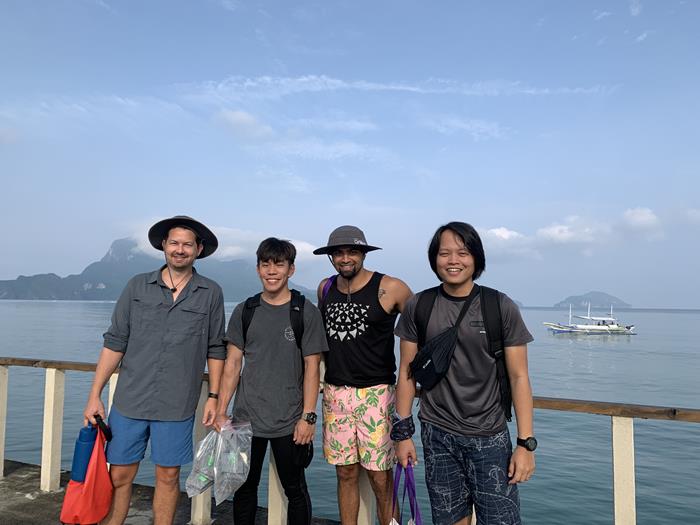
For now, we continue to work with our regional collaborators to collect data and improve our understanding of Asian coral reefs. We have established a network of temperature sensors at reef sites to gather real-time data, which will be used to refine climate models. These data will help improve predictions and develop targeted responses to future coral bleaching events.
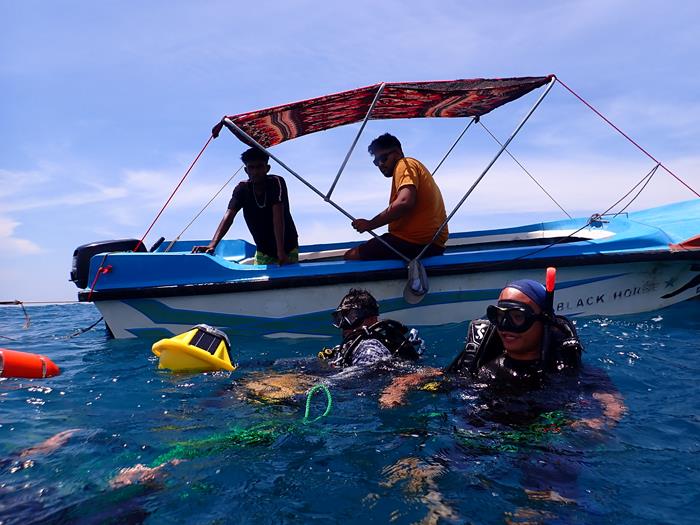
The research team have deployed smart wave buoys at sites across Asia to monitor ocean conditions, such as temperature, and how they affect coral reefs (Source: Kyle Morgan/Earth Observatory of Singapore)
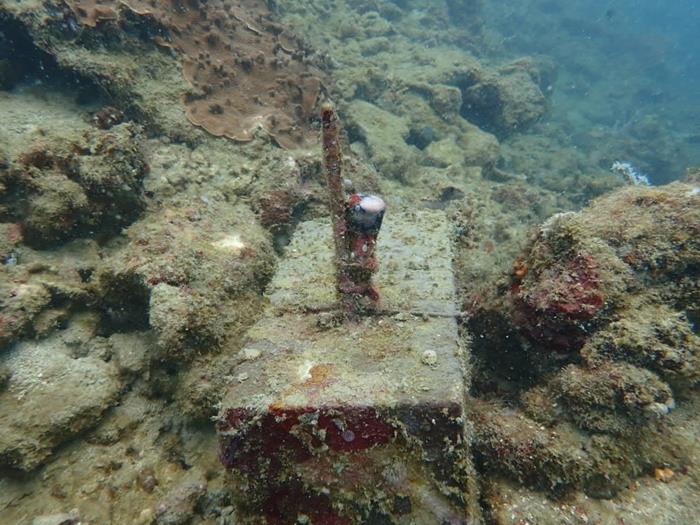
An ocean temperature sensor deployed in Singapore to record long-term environmental data (Source: Kyle Morgan/Earth Observatory of Singapore)
This research is supported by the National Research Foundation, Singapore, under its Singapore NRF Fellowship (Award No. NRF-NRFF14-2022-0004) and Singapore’s Marine Climate Change Science Research Programme (Award No. NRF-MCCS21-1-4-0001).